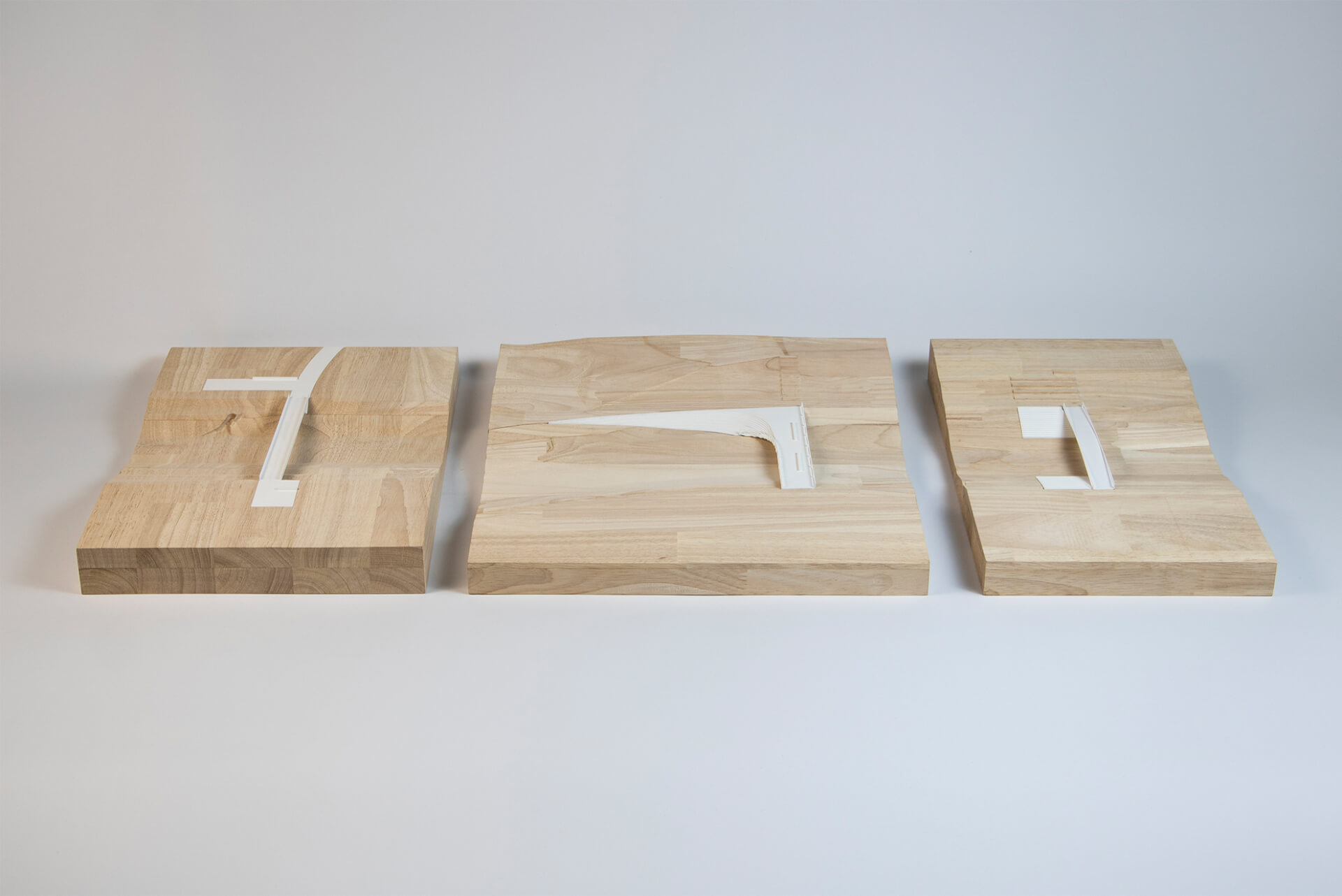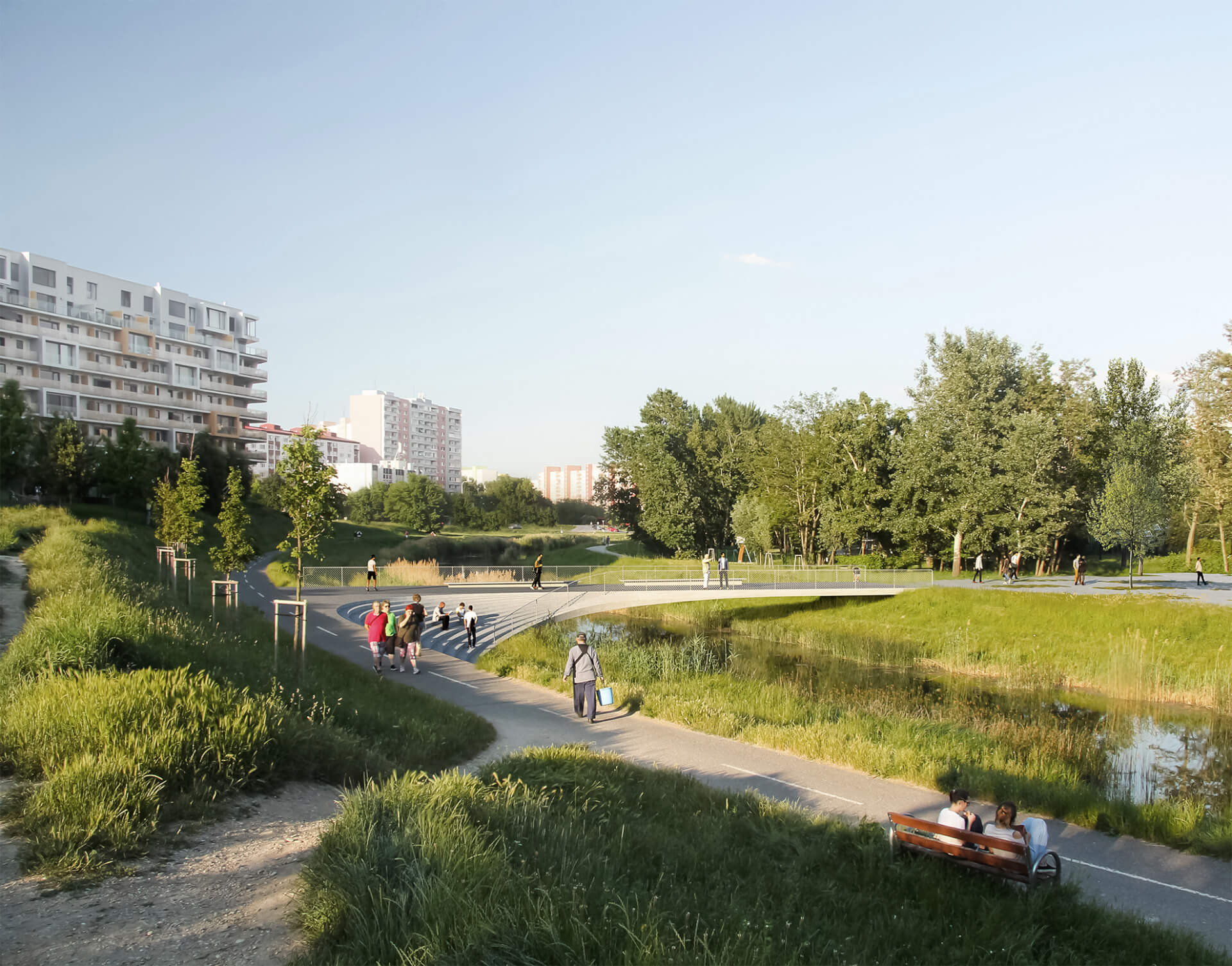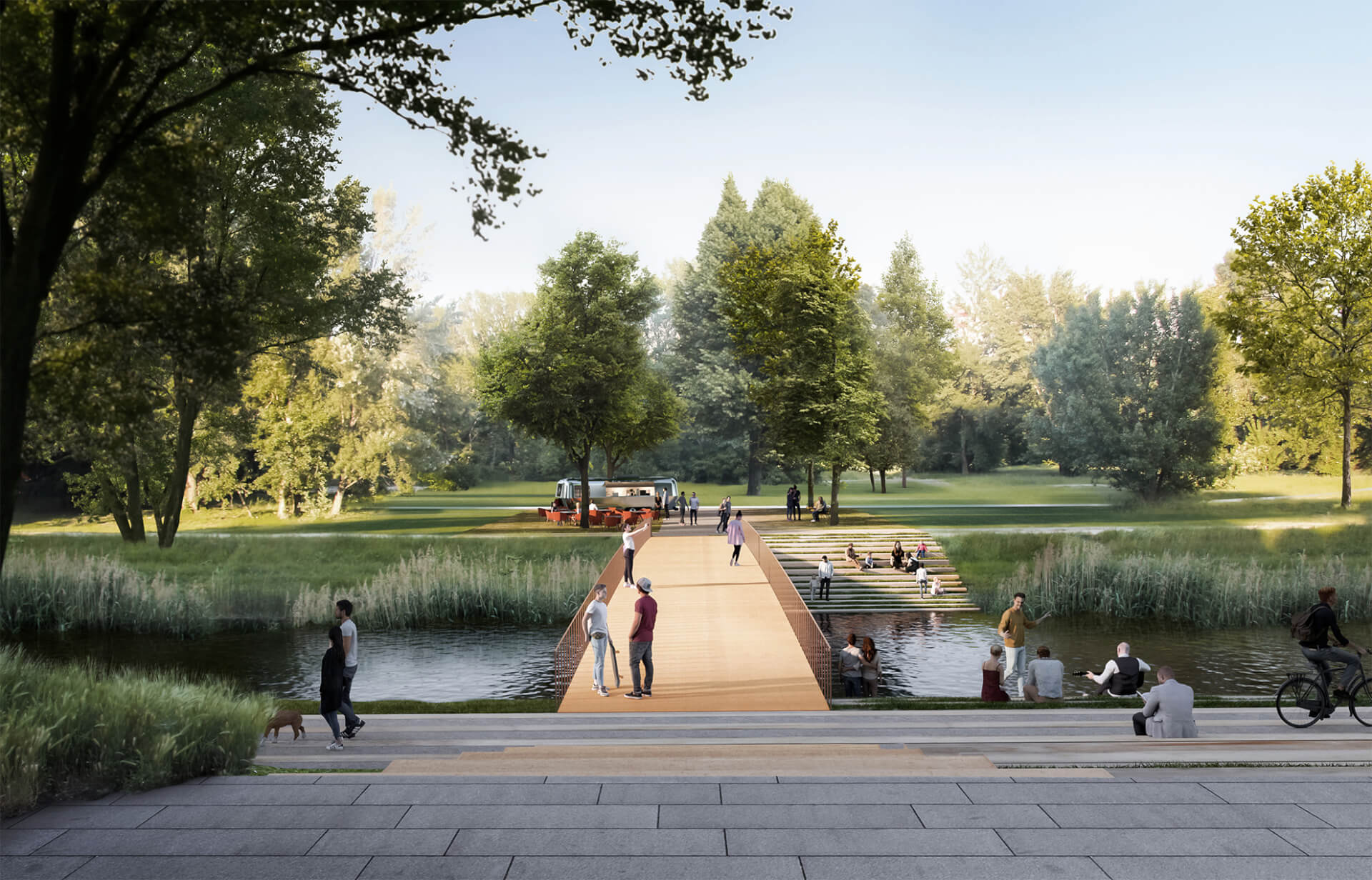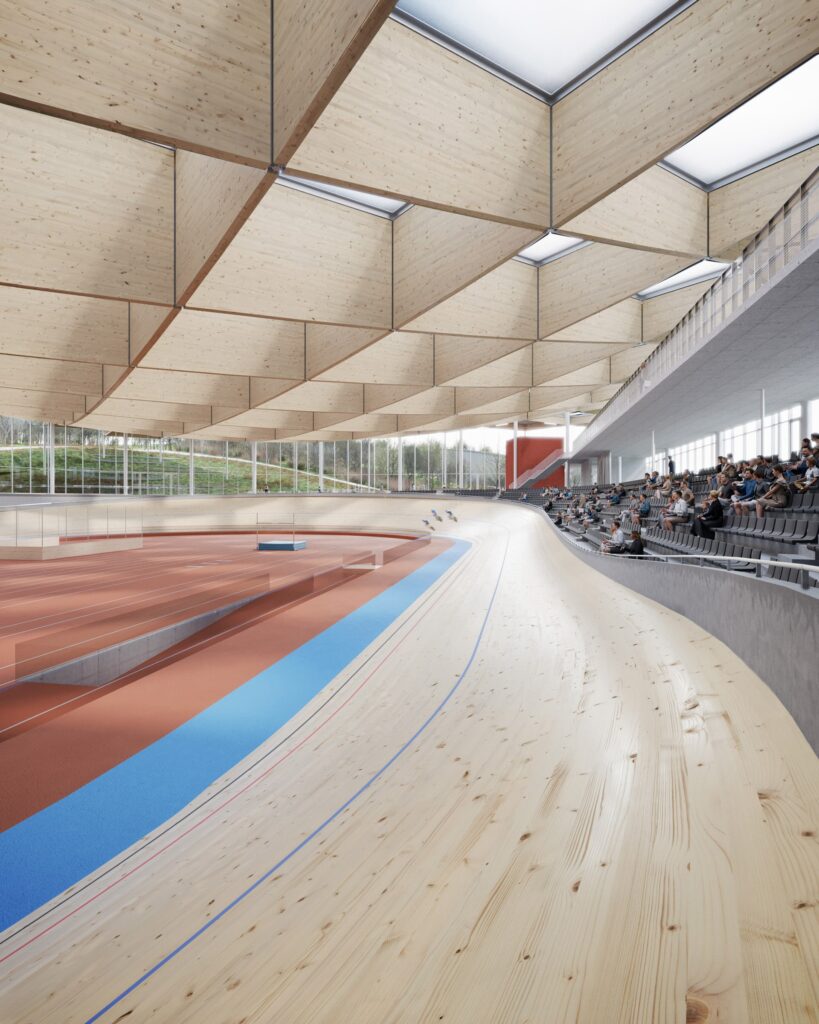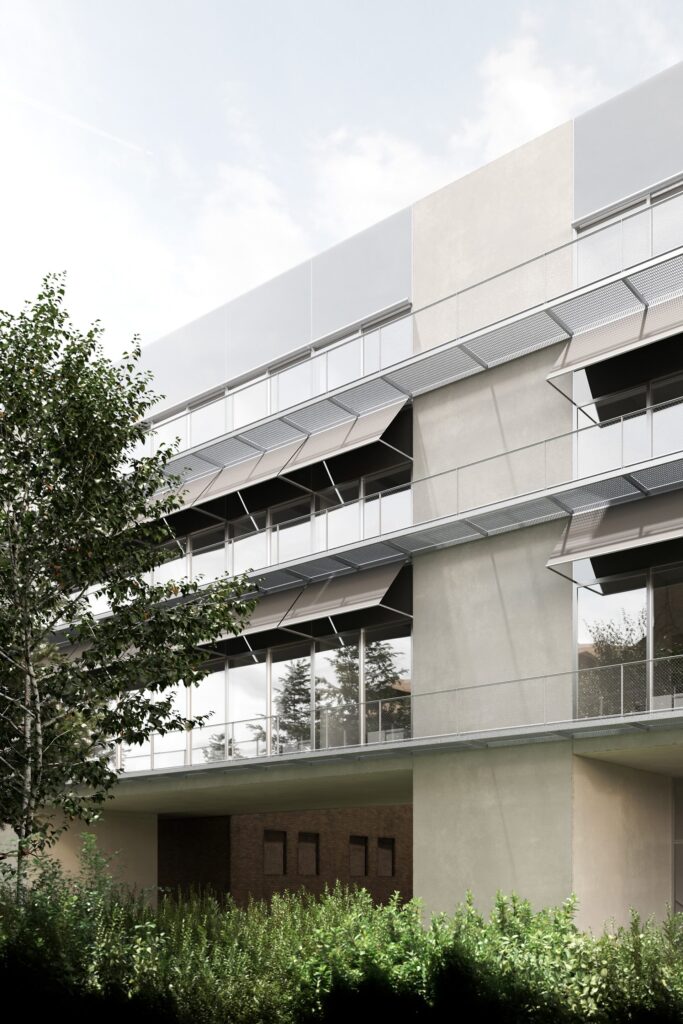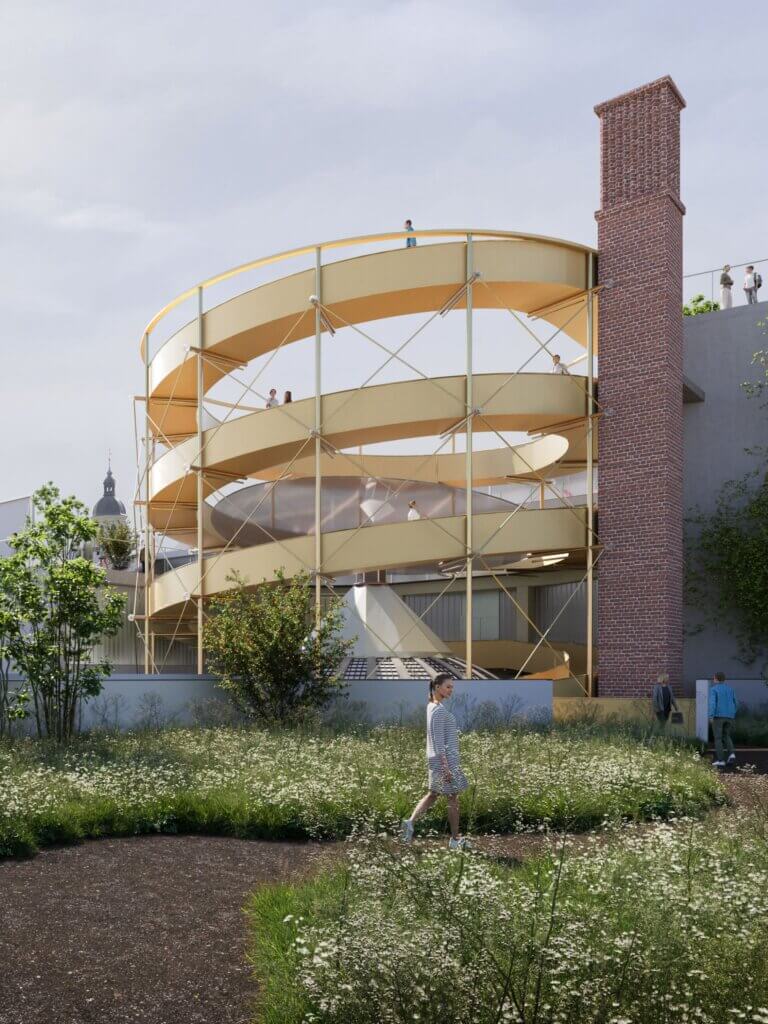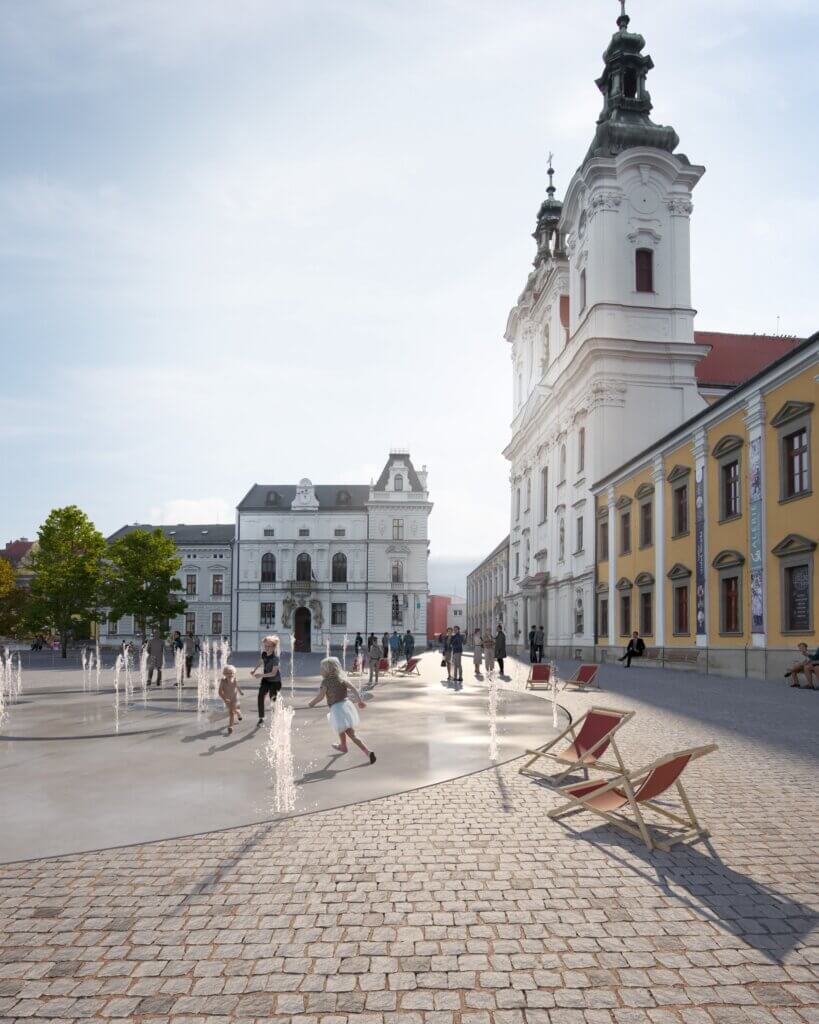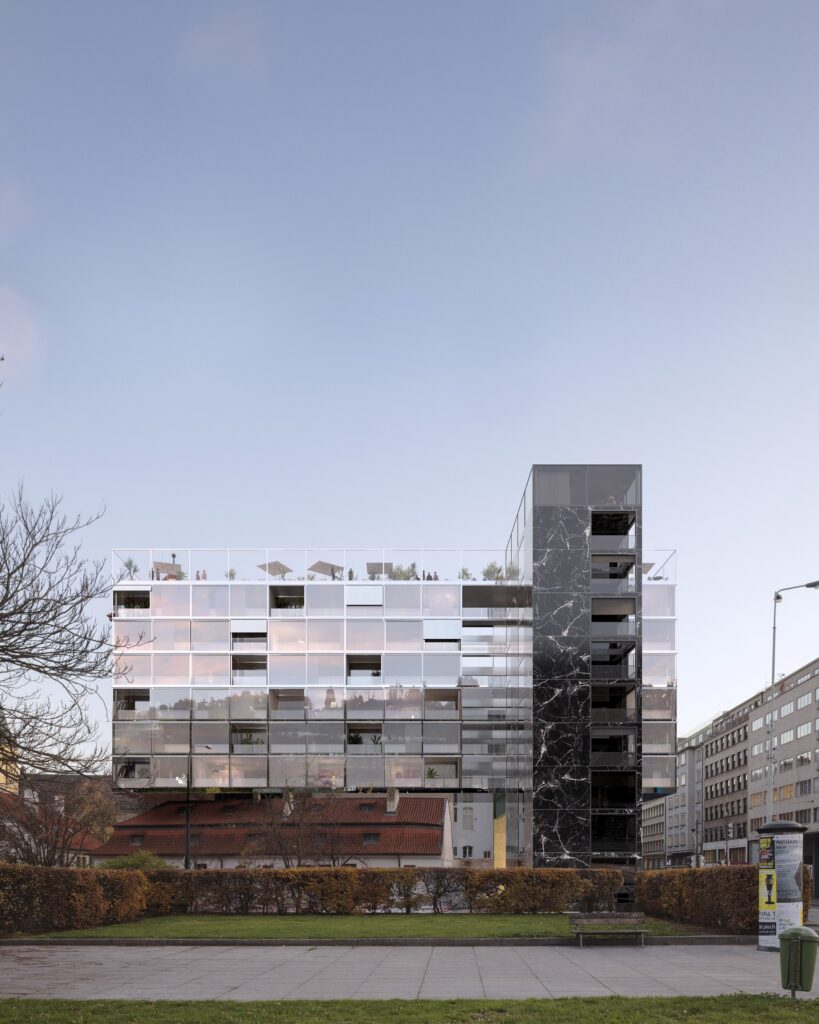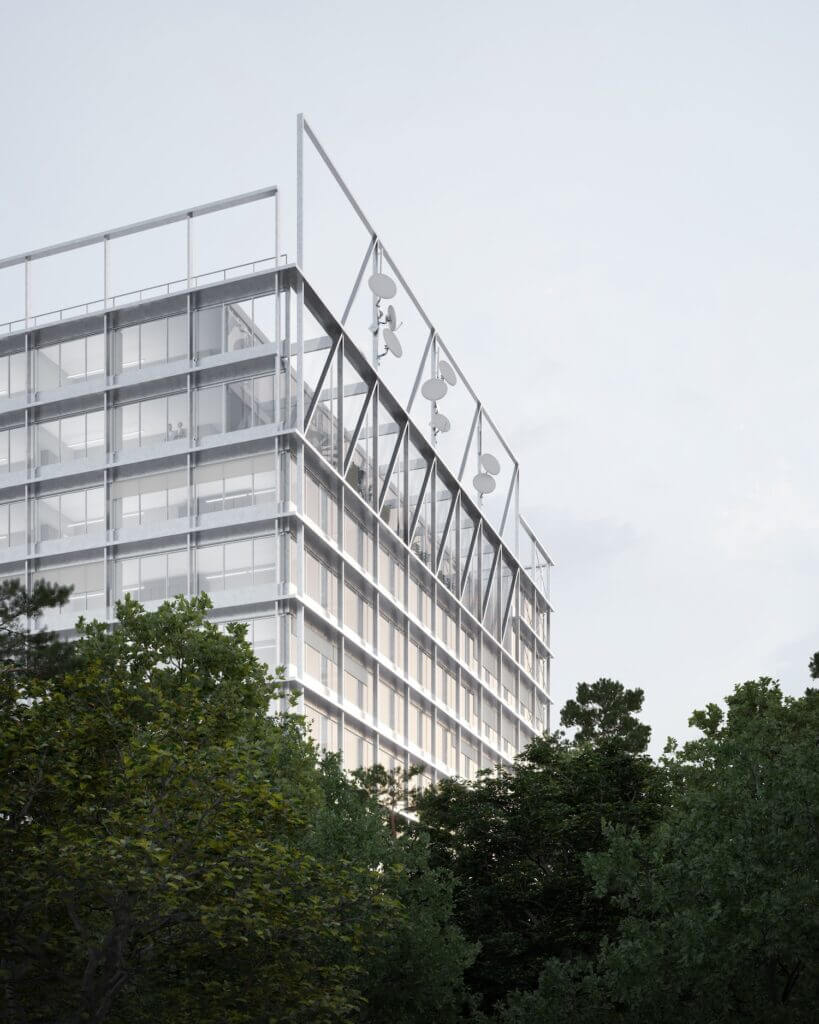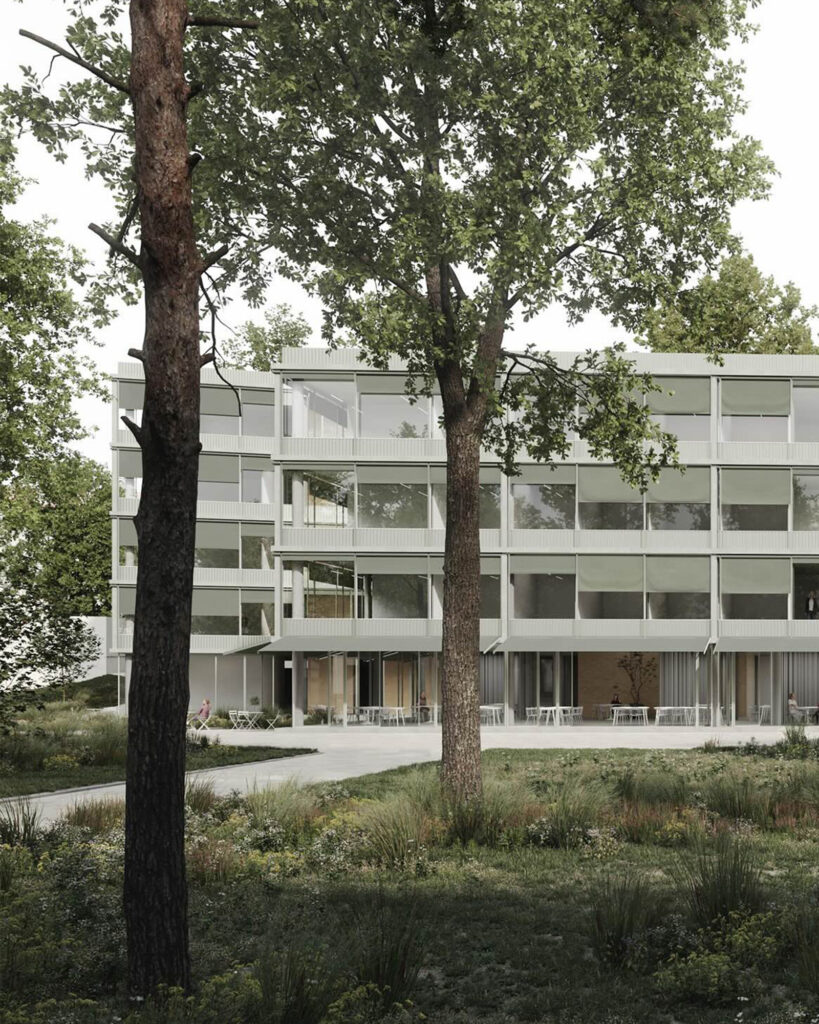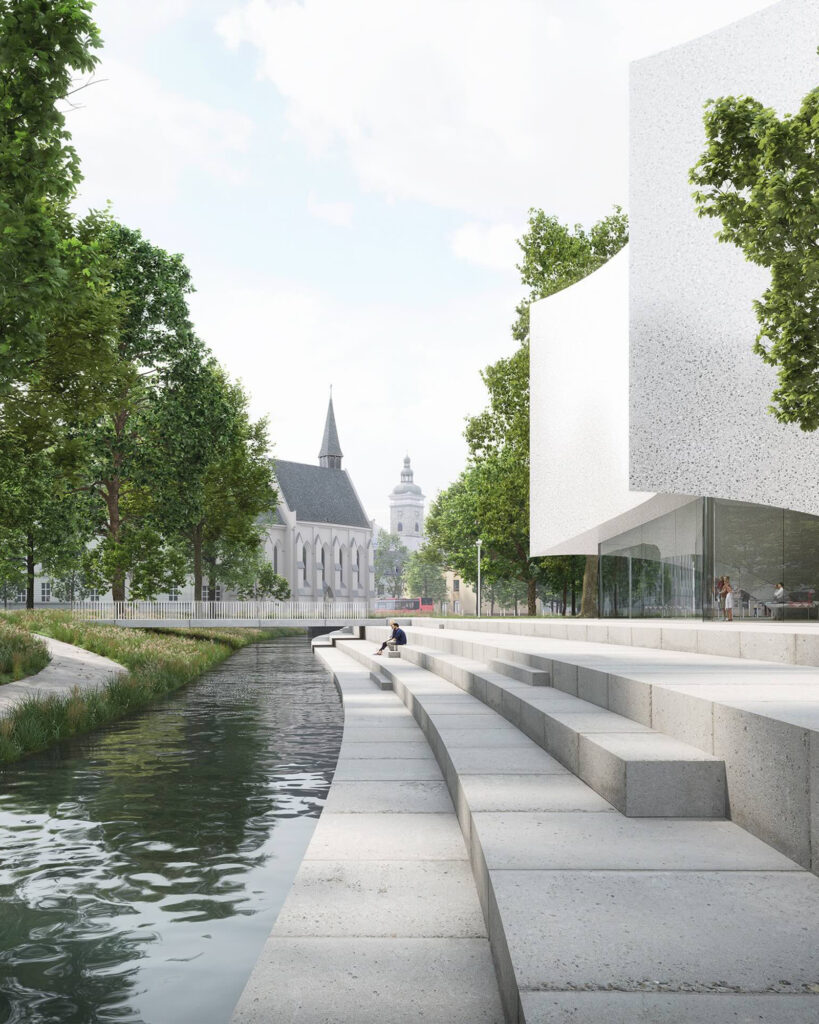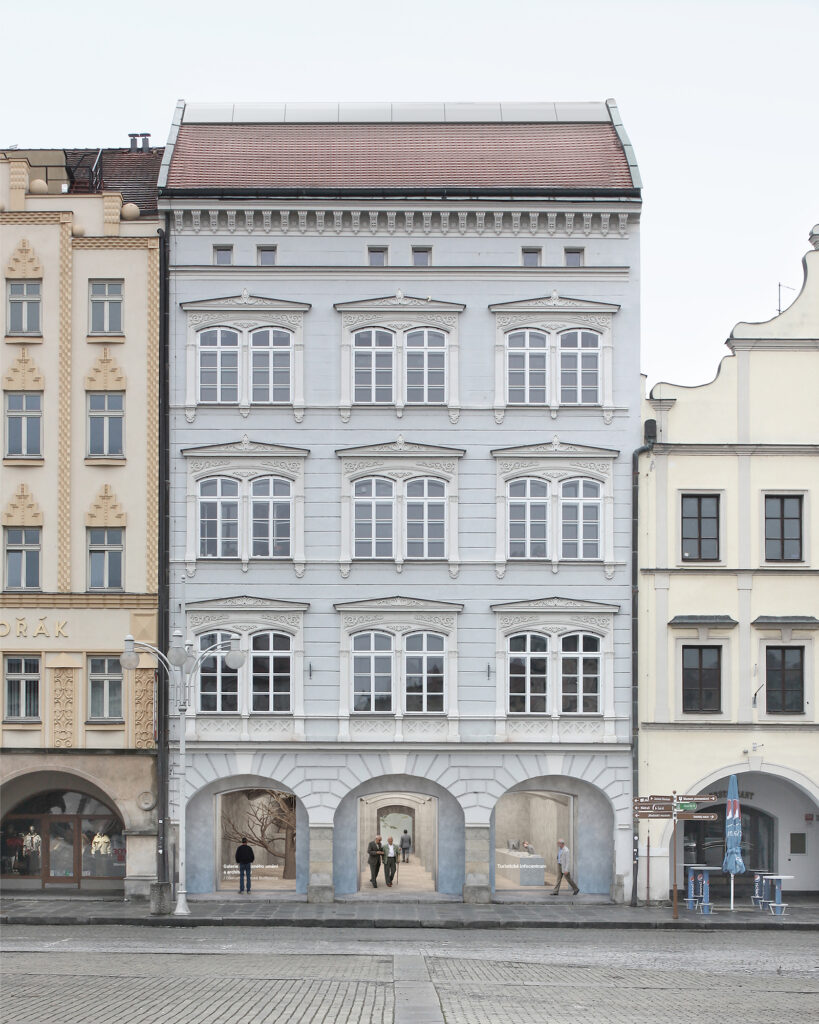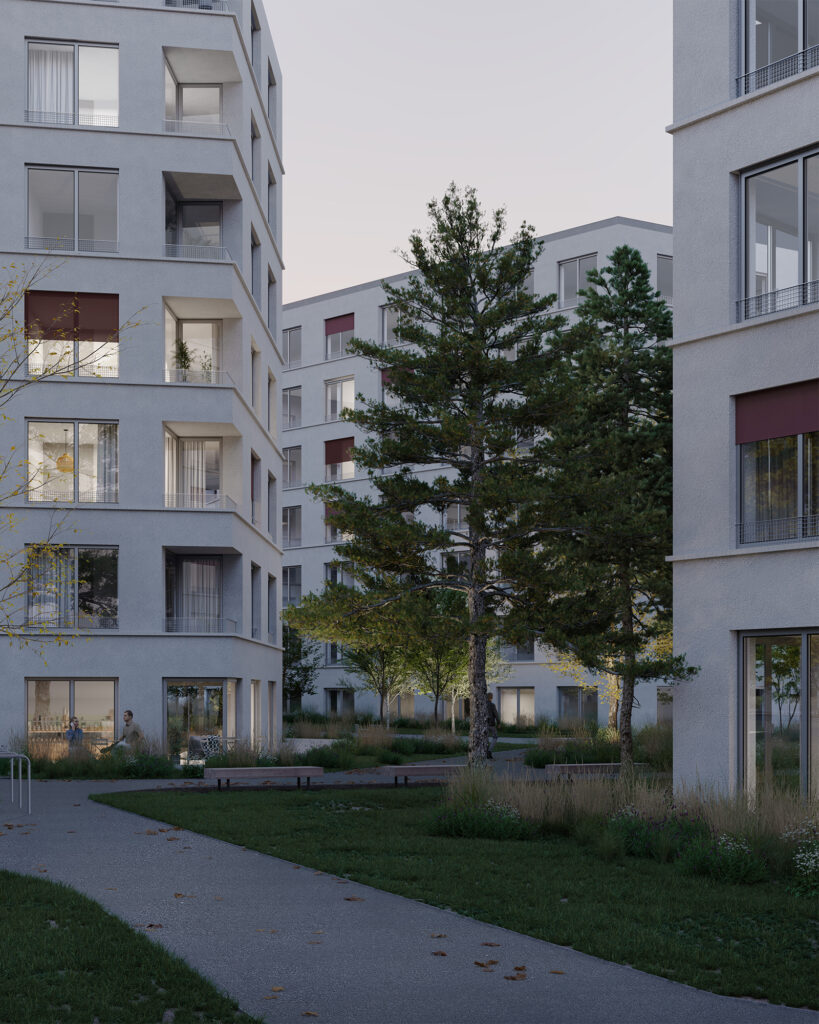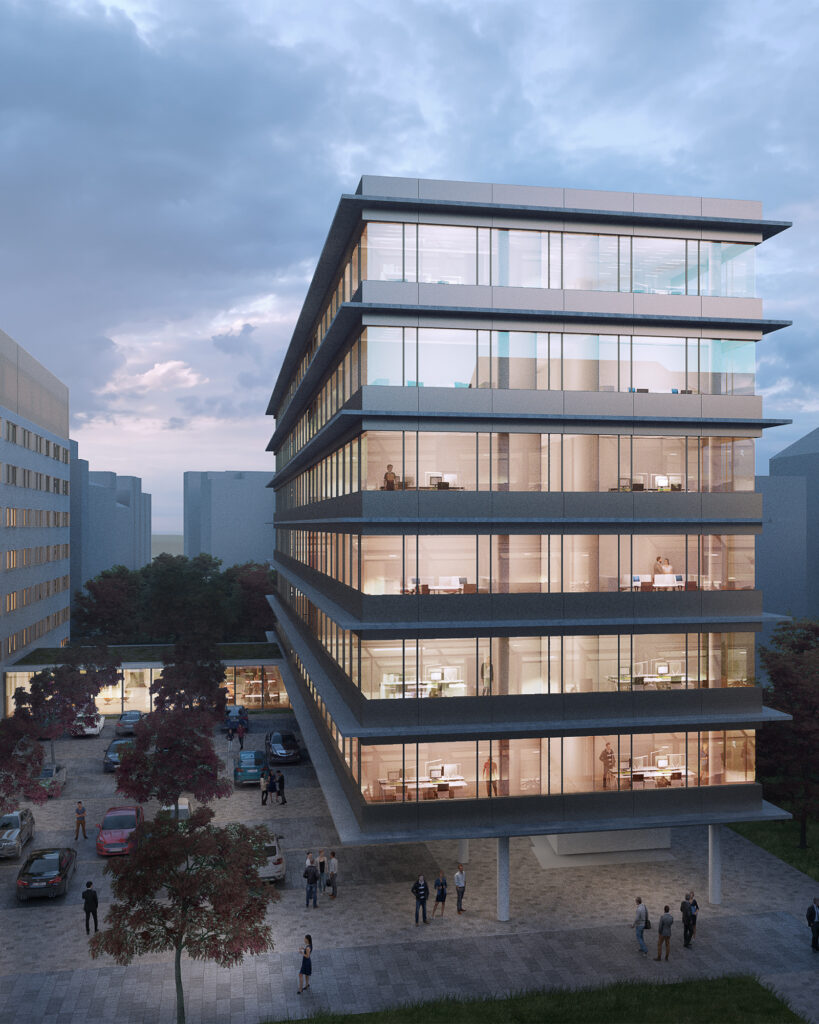Footbridges in Petržalka
Petržalka in Bratislava. The largest housing estate in former Czechoslovakia. Although its construction meant the Slovak capital finally straddled both banks of the Danube, this was an overly ambitious project. It created the need for extensive new infrastructure, however, many of the plans and projects were not followed through – including the Bratislava subway, designed to become the main route connecting Petržalka with the rest of the city. As a result, commuting by car became a daily reality for over 100,000 local inhabitants.

